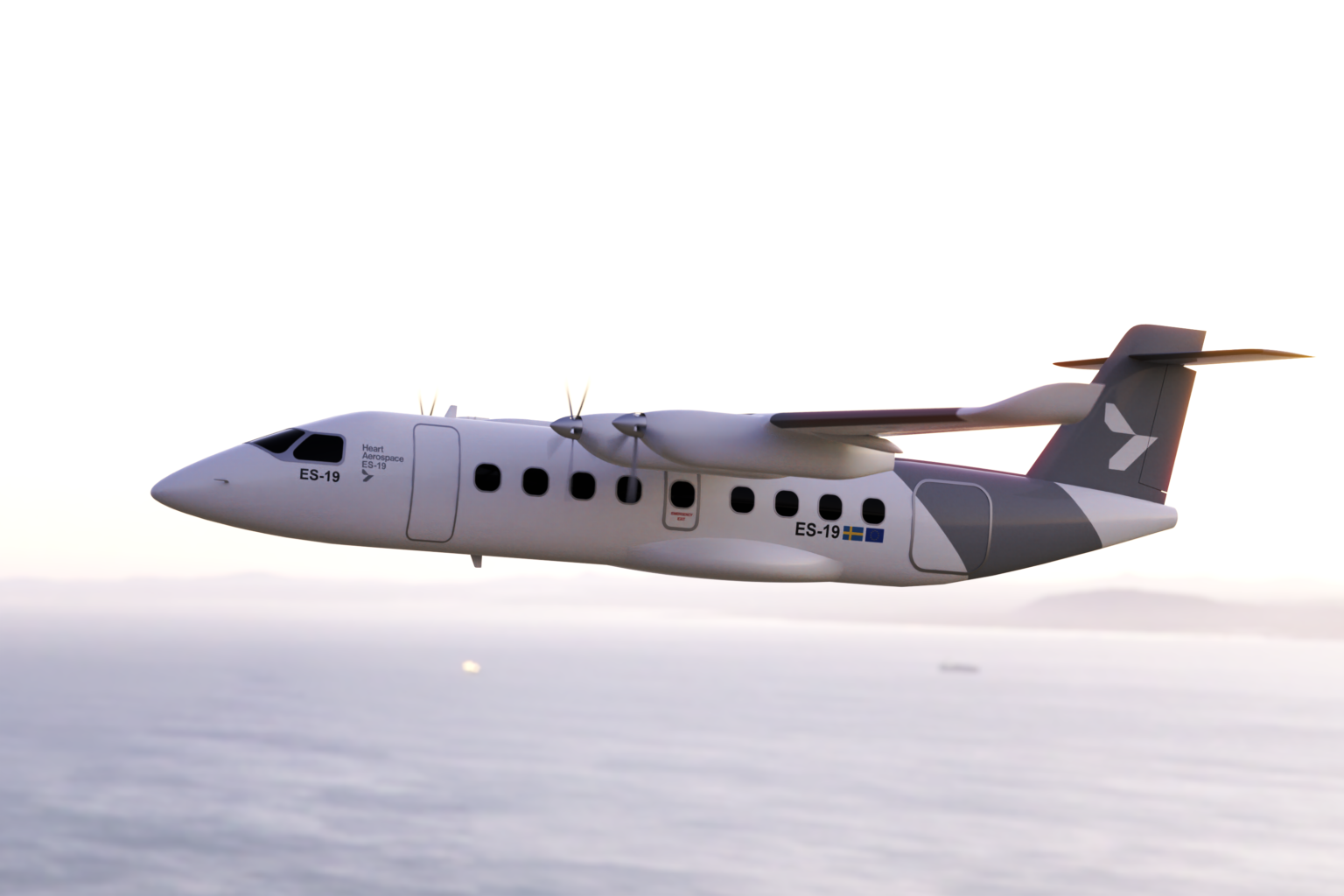
A report commissioned by the Norwegian government recommends that Norway should be a driving force in the development, testing and early implementation of electrified aircraft.
The report by Norwegian airport operator Avinor and the Norwegian Civil Aviation Authority recommends that the government sets specific objectives for electrifying domestic civil aviation, supported by incentives for technology development, investment support and operation of electric aircraft.
The objectives suggested by the report are that, by 2030, the first scheduled flights be operated using electrified aircraft and that, by 2040, all domestic civil aviation in Norway use electrified aircraft—with the goal of reducing greenhouse gas emissions by at least 80% from 2020 levels.
“Norway’s dependence on aviation, abundant access to renewable electricity, unique short-haul network, active and interested stakeholders and political will to electrify the transport sector makes Norway well-suited as a test area and first market for electrification of aviation,” the report says.
“If Norway does not take hold and take the lead, there is a risk that the zero- and low-emission aircraft that are being developed will not be adapted to Norwegian winter conditions and the runway lengths on the short-haul network,” it adds. Norway has a large number of short, 800-m (2,600-ft.) runways.
With today’s battery technology, aircraft with up to 19 seats and 350-400-km (190-210-nm) range look technically possible for entry into service in 2025-30, the report says, noting this is sufficient for the “vast majority” of routes on the Norwegian short-haul network.
“But there is a risk that the aircraft manufacturers do not find the segment interesting enough (especially the 800-m runway) that they choose to bet on it,” the report warns. It also notes that most of the companies pursuing electric aircraft up to 19 seats are startups and may not secure financing.
As a result, the report recommends the government set “powerful and concrete goals ... [that] set out a clear direction,” and that these must be followed up with “binding and predictable incentives that are effective in all phases until zero- and low-emission aircraft are in regular scheduled service.”
For technology development, the report recommends the government establish in Norway an international center for the development, testing and implementation of zero/low-emission technology for aviation. It should also establish suitable airspace for testing and an administrative and financial scheme that supports testing activities in Norway.
To reduce the risks in electrified aviation, the report recommends a subsidy scheme for developing charging infrastructure at Norwegian airports, support for purchasing electrified aircraft, and a tax break for the purchase of electric aircraft for flying clubs and private flights, similar to that provided for cars.
The report also recommends that future tenders for government-supported “public service obligation” routes should be revised to reduce the risk in using zero/low-emission aircraft by including elements such as investment support, residual value guarantees and increased contract length.
Norway’s Ministry of Transport and Communications said the report will become a basis for discussion of the electrification of aviation in the run up to a parliamentary report, due in spring 2021, on the 2022-33 National Transport Plan.
“The world is facing a climate crisis and it is up to us in the transportation sector to make the biggest reductions in emissions,” said Knut Arild Hareide, minister of transport and communications. “We must deliver on this, and electric aircraft may be part of the solution.”
